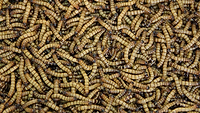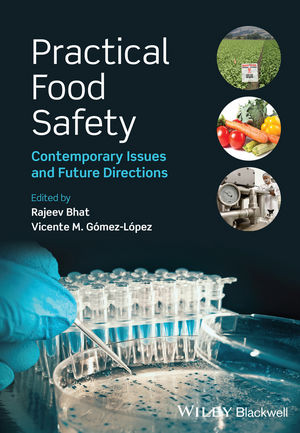Edible Insects as a Potential Food Source: Benefits vs. Food Safety Issues

The Food and Agricultural Organization (FAO) of the United Nations recently released a publication detailing various food safety issues that could be associated with edible insects. According to the FAO, the benefits of edible insects as an emerging food source must be weighed against potential food safety issues.
Many cultures in various regions have included insects as a part of their diets throughout the years, but the farming of them for human food and animal feed is relatively recent and not as widespread in Western countries.
Recent estimates found that 2,111 species of insects are consumed in about 140 countries, but increased production will be necessary to compete with conventional food and feed sources and bring down costs.
Possible food safety issues for edible insects include biological, including bacteria, viruses, fungi, parasites, chemical hazards, pesticides, heavy metals, antimicrobials, and physical hazards.
Allergenic risks must also be considered. People already allergic to crustaceans are especially vulnerable to reactions to edible insects because of allergen cross-reactivity. There is also a possible issue associated with developing sensitization to as-yet-unidentified allergens from insects.
Safety risks of consuming insects depend on the species, the environment they are reared or collected from, what they eat, and production and processing methods. Assessments of food safety hazards will help in establishing good hygiene and manufacturing practices, according to the publication.
The FAO said that efforts to prevent, detect, identify, and mitigate food safety concerns are essential in safe insect production. Risks may be higher when insects are harvested from the wild and consumed raw. Varied safety concerns include whether insects are from the wild or farmed.
Further research is required to establish shelf-stability and safety of insect-based products used in human food and small feed. Data on insect consumption by humans can help improve understanding of the possible exposure to contaminants, both microbiological and chemical.
Looking for a reprint of this article?
From high-res PDFs to custom plaques, order your copy today!









